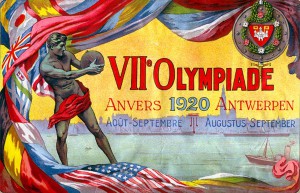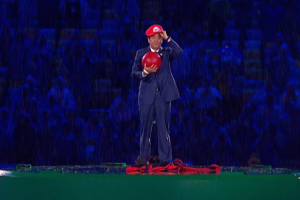What are Olympic Legacies? In a time when the Olympic Movement is increasingly criticized, it is a pressing concern of the IOC to transmit as positive legacy of the Games. As Michelle Lemaître, the IOC Head of Sustainability and Olympic Legacy, stated: “Legacy won’t happen by itself. It has to be planned right from the very beginning.” (Olympic Review, 98, p. 50) Is that indeed so? History shows that despite meticulous planning and – as in the case of Rio – strict control of media coverage, legacies not only tend to live a life of their own, they are also subject to change. Societies develop and within this process of change also history, values and customs will be questioned and legacies will be re-evaluated. Where e.g. the Tokyo Olympics of 1964 had been evaluated extremely positive for the development of the Japanese nations so far, recent concerns of sustainability, city planning and human rights are adding a much more critical voice to the 1964 legacy, voicing also worries concerning the Tokyo Olympics of 2020.
During the Royal Belgium State Mission to Japan a symposium “Olympic Legacies: From Antwerp (1920) to Tokyo (2020)” will bring together Japanese and Belgian specialists on the Olympics to address recent issues in the debate on Olympic legacies ranging from national, local as well as individual legacies, public support of the Olympics and Paralympics. Examples of legacies relevant not only for the Olympic and Paralympic community but also for society at large, will be presented and discussed.
The symposium will be opened by Minister President Bourgeois and is held in the Meiji Shrine (Tokyo) on October 12. The shrine was chosen as venue not only for its location in the center of Tokyo, its congress center and beautiful natural surroundings, but mainly because of the shrine’s long history of hosting modern mega sport events and as its outer garden is also the place of the old and new Olympic Stadium.

